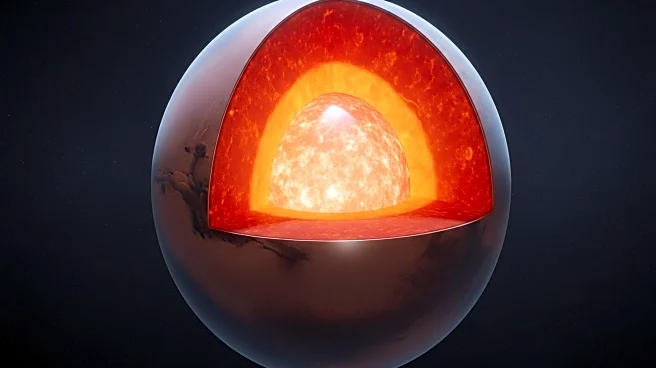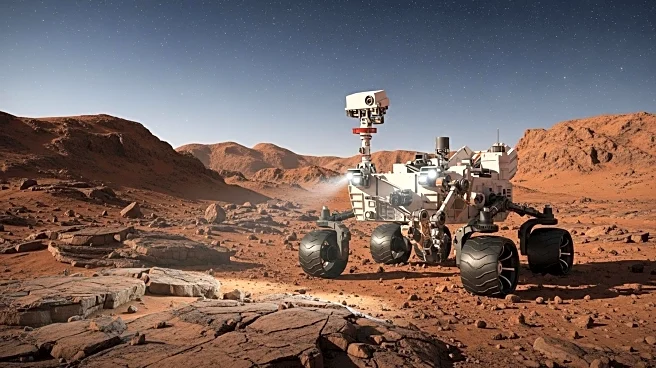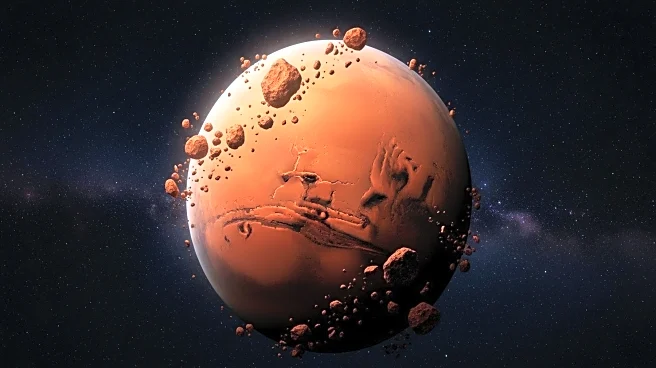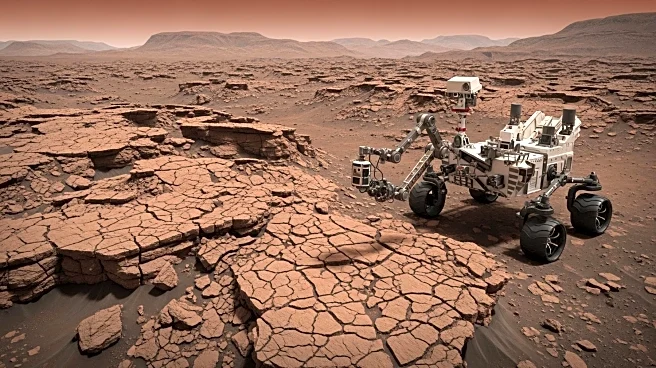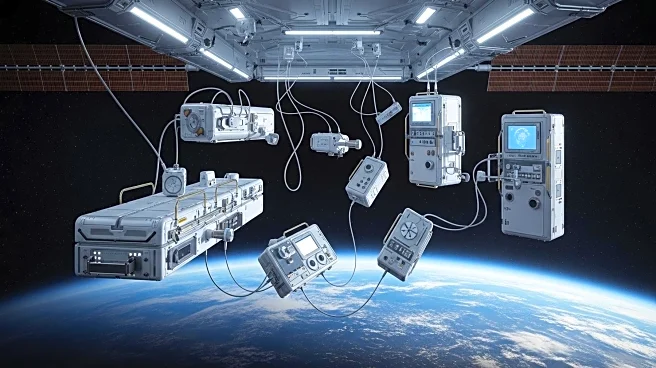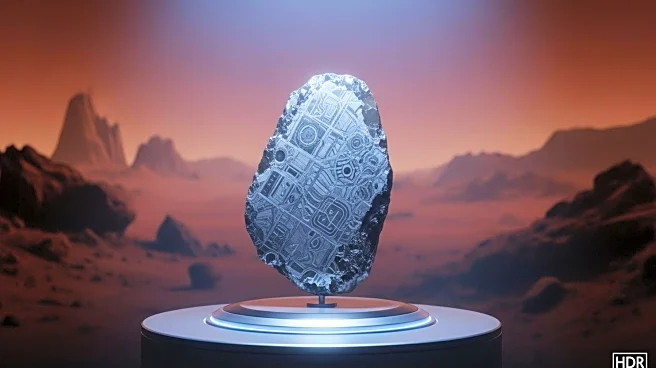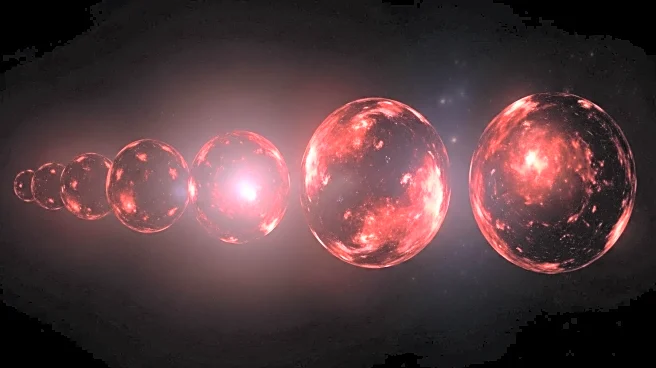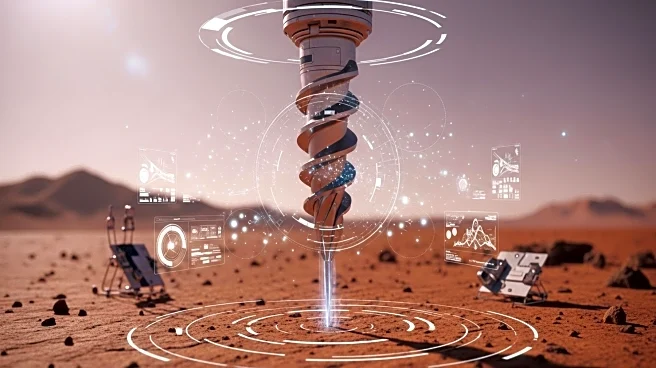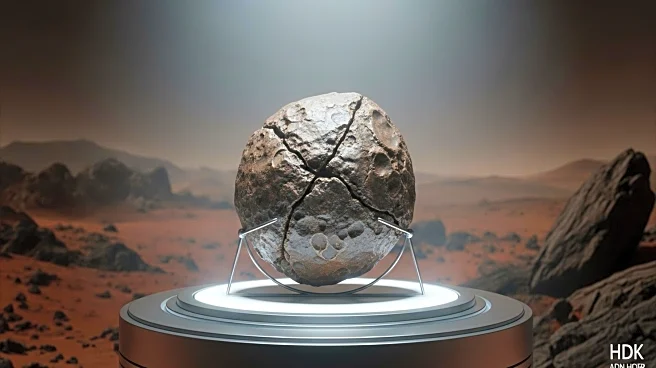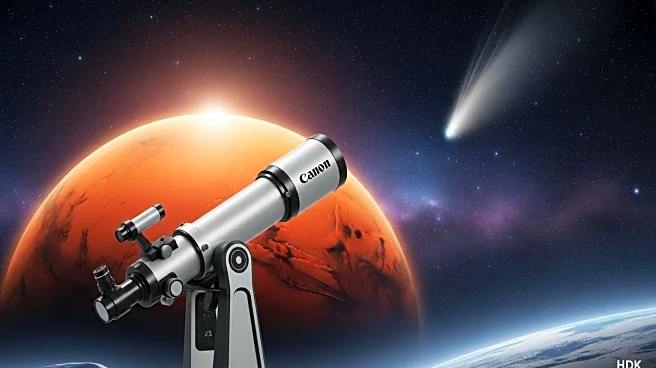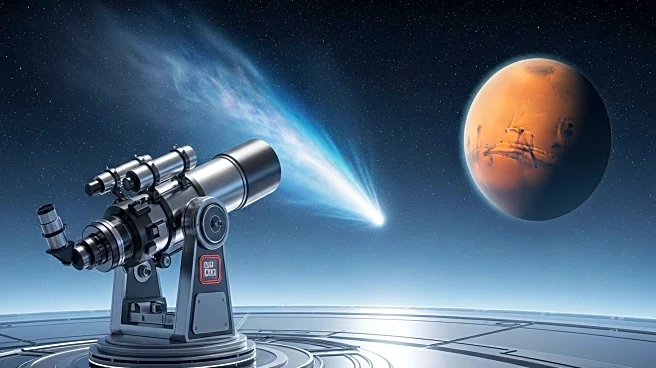What's Happening?
Recent studies using data from NASA's retired InSight lander have revealed new insights into Mars' interior. A paper published in Nature indicates that Mars has a solid inner core, similar to Earth's, challenging previous assumptions of a liquid core. Another study in Science describes Mars' mantle as containing ancient debris, likened to rocky road ice cream rather than smooth chocolate. These findings provide clues about Mars' geological history, including past violent collisions and the loss of its magnetic field. The research aims to enhance understanding of rocky planets and the conditions necessary for habitability in the galaxy.
Why It's Important?
The discoveries about Mars' core and mantle are significant for planetary science, offering insights into the formation and evolution of rocky planets. Understanding Mars' geological history can inform theories about Earth's development and the potential for life on other planets. The findings may influence future exploration missions and the search for habitable worlds beyond our solar system. Scientists and researchers stand to gain valuable knowledge that could impact space exploration strategies and the study of planetary systems.
What's Next?
Further analysis of the InSight data is expected to continue, potentially uncovering more details about Mars' interior and its geological processes. Researchers may use these findings to refine models of planetary formation and evolution. The insights could guide future missions to Mars and other rocky planets, focusing on habitability and the search for life. Collaboration among international space agencies and scientific communities may increase to leverage these discoveries for broader planetary research.
Beyond the Headlines
The revelation of Mars' solid core and unique mantle texture raises questions about the planet's past magnetic field and its implications for atmospheric conditions. The studies may prompt ethical discussions on the prioritization of planetary exploration and the allocation of resources for space research. Long-term shifts in scientific focus could emerge, emphasizing the study of planetary interiors and their role in habitability.
